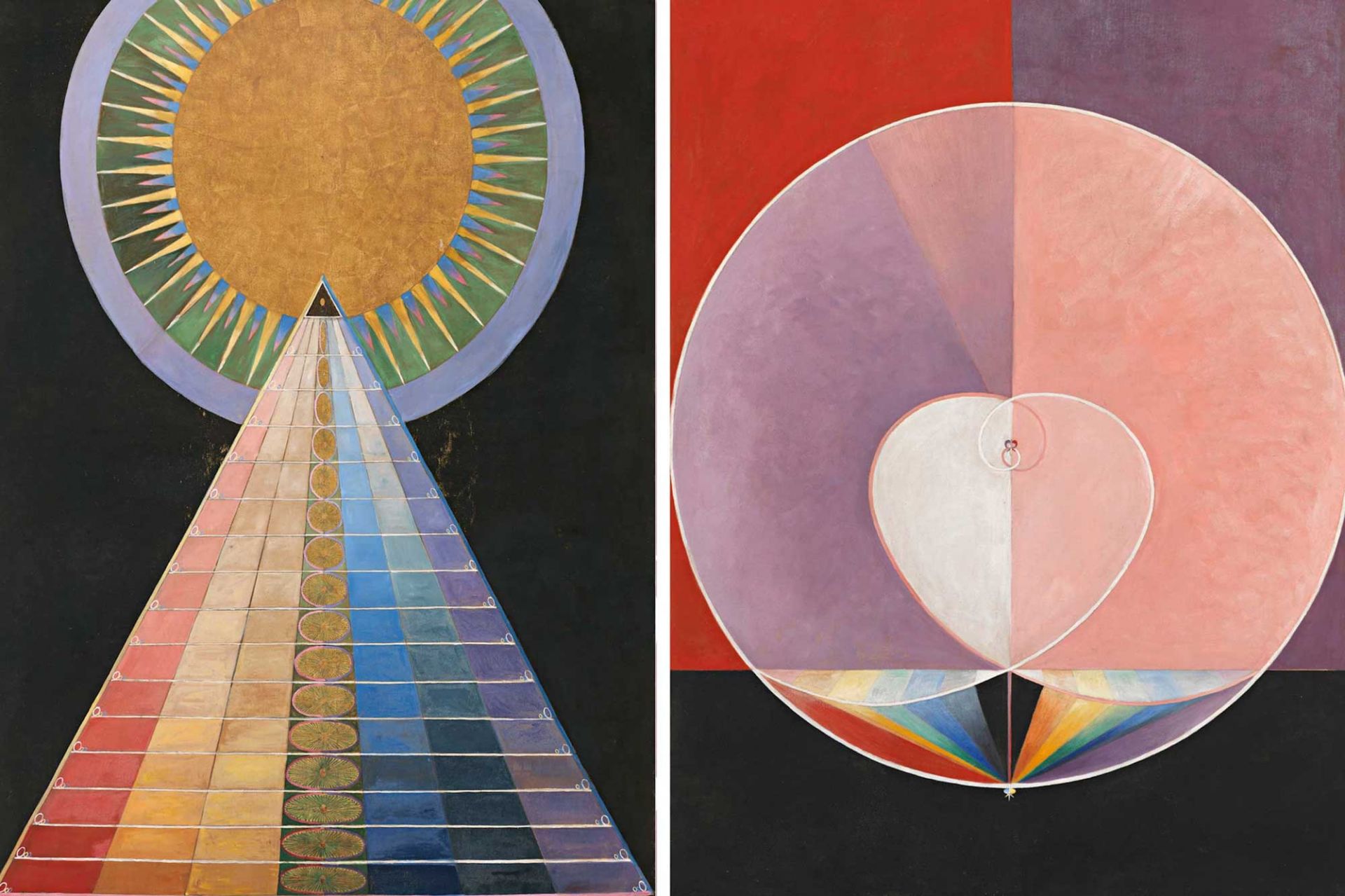The Swedish artist, Helma af Klint’s secret paintings have recently been rediscovered after been hidden for decades. The global interest that Helma’s paintings are now attracting can be partly attributed to the fact that her earliest abstract works actually precede those executed by those recognised to be ‘fathers of abstract art,’ painters like Wassily Kandinsky, Piet Mondrian and Kasimir Malevich (Higgins, 2021).
Helma af Klint’s paintings are intriguing as well because of their mysterious nature and the spiritual inspiration that informs them. Helma was a Theosophist, who, like Wassily Kandinsky and Franz Marc, was also influenced by the writing and ideas of Rudolf Steiner. The withholding and secrecy surrounding her painting is due not only to the fact that she was a woman – and a spiritualist – it was a decision she made herself that was influenced by Rudolf Steiner. He advised her in 1924 to withdraw her work from the public arena because they may be more useful and better understood in the future. In 1932 Helma took this message to heart and chose to withhold her paintings from view for 20 years after her death. It was only in 2013 that her work was finally released in a museum retrospective of her paintings held at Stockholm’s Modern Museet.

